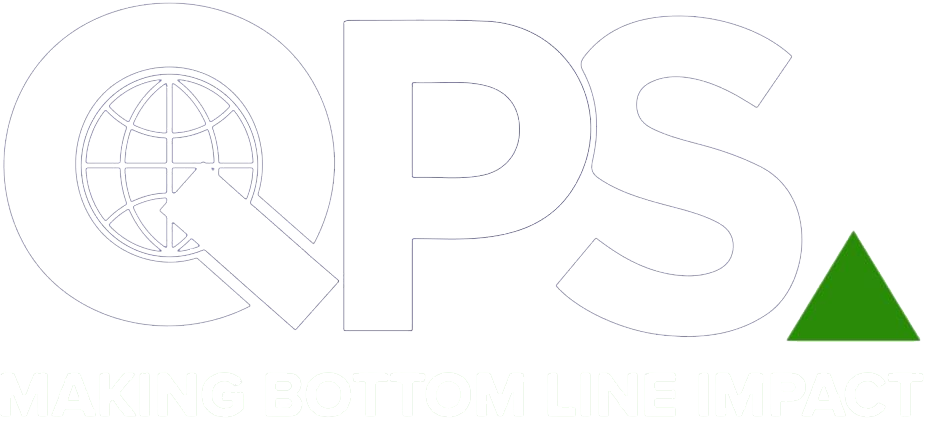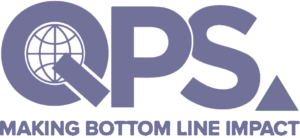Red Hat OpenShift Administration I: Operating a Production Cluster (DO180)
- 5 Days Course
- Language: English
Introduction:
Red Hat OpenShift Administration I: Operating a Production Cluster (DO180) prepares OpenShift cluster administrators to manage Kubernetes workloads and to collaborate with developers, DevOps engineers, system administrators, and SREs to ensure the availability of application workloads. This course focuses on managing typical end-user applications that are often accessible from a web or mobile UI and that represent most cloud-native and containerized workloads. Managing applications also includes deploying and updating their dependencies, such as databases, messaging, and authentication systems.
The skills that you learn in this course apply to all versions of OpenShift, including Red Hat OpenShift on AWS (ROSA), Azure Red Hat OpenShift, and OpenShift Container Platform.
This course is based on Red Hat OpenShift 4.18.
Objectives:
Managing OpenShift clusters from the command-line interface and from the web console
Deploying applications on OpenShift from container images, templates, and Kubernetes manifests
Troubleshooting network connectivity between applications inside and outside an OpenShift cluster
Connecting Kubernetes workloads to storage for application data
Configuring Kubernetes workloads for high availability and reliability
Managing updates to container images, settings, and Kubernetes manifests of an application
Course Outline:
1 – Introduction to Kubernetes and OpenShift
- Identify the main Kubernetes cluster services and OpenShift platform services, and monitor them from the web console.
2 – Kubernetes and OpenShift Command-Line Interfaces and APIs
- Access an OpenShift cluster from the command line, and query its Kubernetes API resources to assess the health of a cluster.
3 – Run Applications as Containers and Pods
- Run and troubleshoot containerized applications as unmanaged Kubernetes pods.
4 – Deploy Managed and Networked Applications on Kubernetes
- Deploy applications and expose them to network access from inside and outside a Kubernetes cluster.
5 – Manage Storage for Application Configuration and Data
- Externalize application configurations in Kubernetes resources, and provision storage volumes for persistent data files.
6 – Configure Applications for Reliability
- Configure applications to work with Kubernetes for high availability and resilience.
7 – Manage Application Updates
- Manage reproducible application updates and rollbacks of code and configurations.
Enroll in this course
$5,764.30 – $6,329.96

